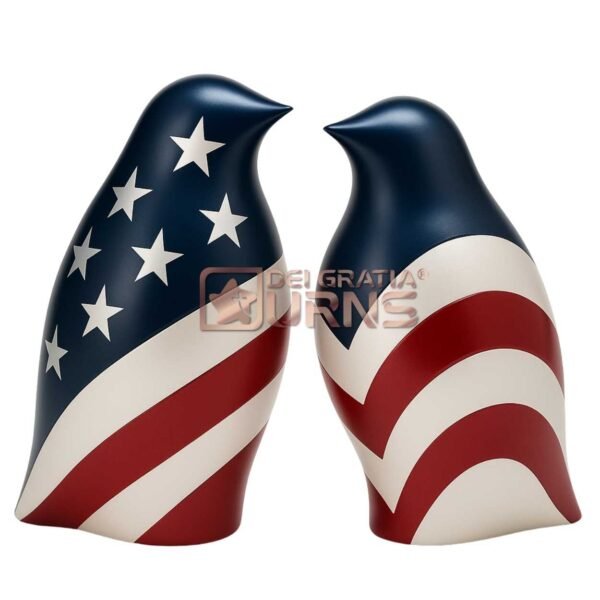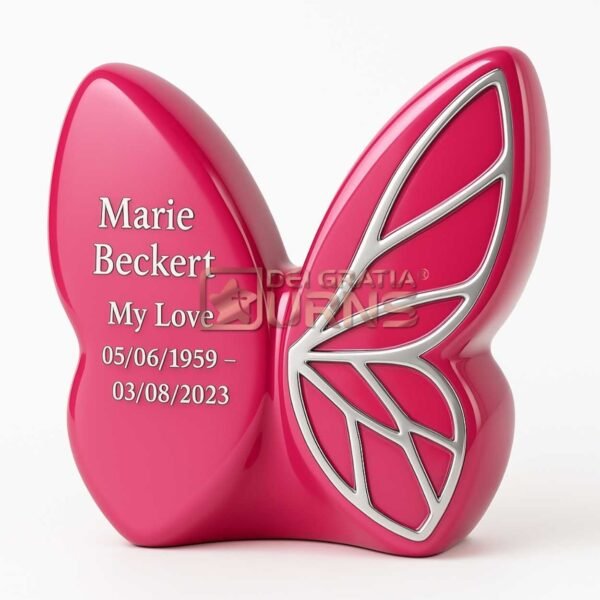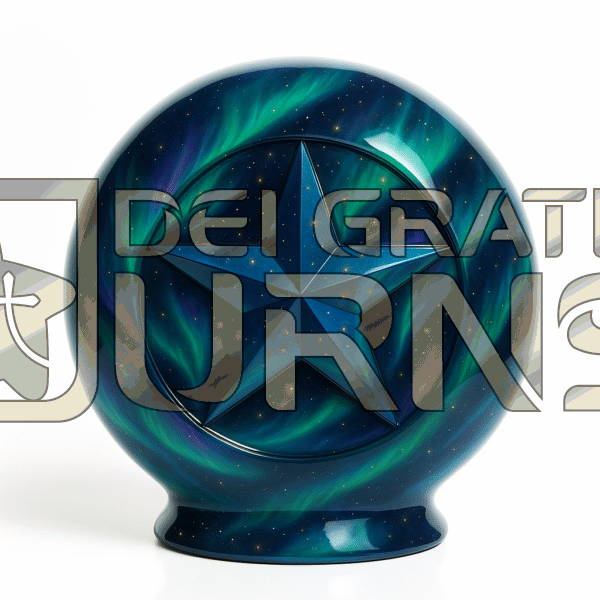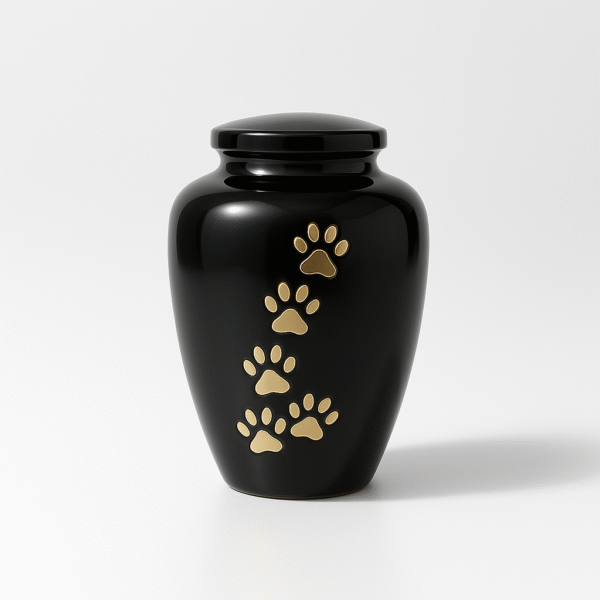7 Deeply Personal Truths About Urns, Cremation, and Ashes Most People Learn Too Late

Understanding urns, cremation, and ashes isn’t just practical—it’s deeply emotional. Here’s what no one tells you until you’re there.
Table of Contents
1. What Is an Urn for Ashes—Really?
An urn is a vessel—but not just any vessel. It is where grief lives gently. It holds ashes, yes, but also tears, whispers, birthdays, anniversaries, and the unforgettable presence of someone who shaped your life.
The idea of using urns traces back over 3,000 years. The Ancient Greeks used beautifully painted urns to store the remains of their dead. The Romans stored cremated remains in columbarium niches—stone walls filled with urns, each marked with a name, date, and often a prayer.
Today, a cremation urn serves the same eternal purpose—only more personalized. Whether made from ceramic, brass, wood, or marble, every urn holds more than remains. It holds the unspoken love of the living.

2. The Emotional Reality of Cremation
For many, choosing cremation isn’t just a financial or environmental decision. It’s emotional.
A daughter once told us at Dei Gratia Urns, “I wasn’t ready to let go, so cremation helped me feel like Mom was still here with me.”
The process is deeply symbolic. In cremation, the physical is returned to the elements—earth, fire, air, and water—while what remains is love, memory, and spirit.
Cremation allows time. It allows travel. It allows grace. Families separated by miles or grief can come together when they’re ready—not when the clock or calendar insists.
3. The Different Types of Urns—and What They Mean
Choosing an urn isn’t just a decision—it’s an act of storytelling.
Here are some popular types offered by Dei Gratia Urns:
a. Companion Urns
Designed to hold the ashes of two people. They are symbolic of unending love and often chosen by lifelong partners.
b. Keepsake Urns
Small and delicate, these allow several family members to hold on to a portion of the ashes. They’re ideal when siblings or children want a piece of the memory for themselves.
c. Scattering Urns
Crafted for ceremonial ash dispersal—on oceans, mountaintops, or gardens. These urns are often biodegradable and made of paper or sea salt.
d. Biodegradable Urns
Perfect for green burials and eco-conscious families. These are made from organic materials and break down naturally over time.
e. Decorative Urns
These blend seamlessly with home decor. From intricate floral engravings to minimalist modern styles, they make remembrance part of everyday life.
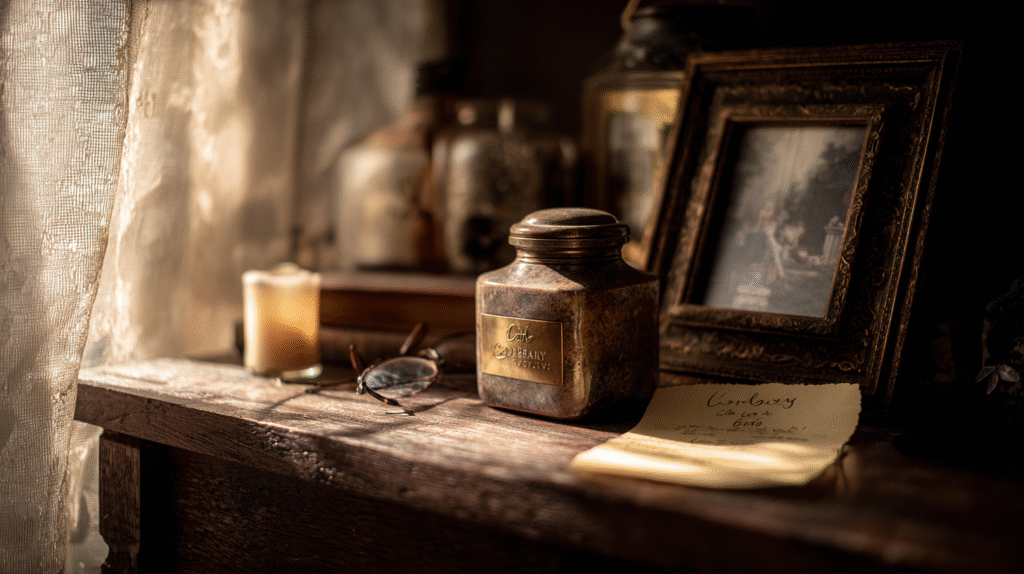
4. Understanding the Cremation Process
People often shy away from asking what cremation really involves. But understanding brings peace.
Here’s what happens:
- The body is placed in a cremation chamber.
- Intense heat (1,400–1,800°F) reduces the body to bone fragments.
- These fragments are then cooled and processed into a fine ash-like substance.
- The ashes are placed in a temporary container before being transferred to the selected urn.
On average, adult ashes weigh between 3–7 pounds. They are odorless, sterile, and safe to handle.
The ashes you receive are exclusively those of your loved one. Most crematoriums adhere to strict chain-of-custody procedures, and you can request a certification of authenticity.
5. Why More Americans Are Choosing Cremation Over Burial
According to the National Funeral Directors Association, the U.S. cremation rate surpassed 57% in 2023 and is expected to hit 80% by 2040. The reasons are diverse:
- Affordability: Cremation can cost a third of a traditional burial.
- Simplicity: No need for caskets, embalming, or elaborate plots.
- Mobility: Families can take ashes with them if they move.
- Religious flexibility: More religions now accept cremation.
- Environmental awareness: Cremation and green urns leave a smaller footprint.
6. The Spiritual and Cultural Significance of Ashes
Different faiths view cremation differently:
- Hinduism: Cremation is essential for soul liberation (moksha). Ashes are often immersed in sacred rivers.
- Buddhism: Cremation symbolizes detachment from the physical world.
- Christianity: Traditionally favored burial but now embraces cremation.
- Islam: Cremation is generally forbidden.
- Judaism: Orthodox branches avoid it; Reform Judaism allows it.
Each culture carries unique mourning rituals. At Dei Gratia Urns, we offer culturally aligned urns—engraved with spiritual symbols or religious blessings.
7. The Rise of Memorial Jewelry and Keepsake Ashes
For many, one urn isn’t enough.
Memorial jewelry—necklaces, rings, bracelets—holds a small portion of ashes inside. It’s intimate, wearable remembrance.
Cremation diamonds are also growing in popularity. They are created by applying intense pressure to carbon extracted from ashes, forming a gem that can be set into rings or pendants.
Some families commission custom art, embedding ashes in glass or paintings.
Others use tattoos mixed with ashes, a deeply personal tribute carried on the skin forever.
8. How Families Share Ashes in Blended Families
Modern families are beautifully diverse. Children from previous marriages. Step-siblings. Distant cousins. All feel a connection.
Keepsake urns allow ashes to be shared respectfully. Dei Gratia Urns offers sets of 3, 5, or more—with consistent themes or individually personalized engravings.
No need to divide love—it grows when shared.

9. A Behind-the-Scenes Look at Dei Gratia Craftsmanship
At Dei Gratia Urns, we believe in American craftsmanship.
Our artisans are based in Vermont, North Carolina, and California. Every urn undergoes:
- Hand-turning on a lathe
- Brushed metal or satin wood finishes
- Diamond-tip laser engraving
- UV-resistant sealants for outdoor urns
We even offer custom collaboration—where families can submit sketches or ideas, and we bring them to life.
10. Temporary Urns and Why Some Families Wait
Not everyone is ready to decide immediately after loss.
Dei Gratia offers temporary urns—non-decorative, secure containers—for families who want to hold off on a final choice.
This option is common for:
- Children too young to understand
- Disagreements within families
- Financial transitions
- Delayed memorial services
11. Talking to Children About Cremation and Urns
This is one of the most fragile conversations a parent can have.
Experts recommend:
- Using the real words: “died,” “ashes,” “urn”
- Showing the urn and explaining it holds love, not fear
- Letting them participate: draw pictures, write letters, place flowers
- Creating rituals: light a candle, share a favorite story
Dei Gratia even offers child-themed urns—with stars, hearts, animals, and colors like soft pink, blue, and mint.
12. How to Legally Scatter or Transport Ashes
Yes, there are rules. But they’re manageable.
- Scattering on private land? Get permission.
- Scattering in national parks? Requires a permit.
- At sea? Must be 3 nautical miles from shore (per the EPA).
- On airlines? Ashes must be in a non-metallic container and TSA-approved.
Always keep a death certificate and cremation certificate with you when traveling.
Staff picks
13. When Grief Hits Late: Revisiting the Urn
Years later, you may feel differently.
You may want a new urn. A change in placement. Or even to scatter the ashes when it feels right.
That’s normal.
At Dei Gratia Urns, we offer a Re-Urn Program: a respectful way to change urns and even donate the previous one to charity organizations or memorial shelters.
Grief isn’t linear. We honor that.
14. Can You Bury an Urn? Absolutely.
Many families still choose to bury the urn in a plot alongside others.
Urns can be buried:
- In cemetery plots
- Inside urn vaults (required by most cemeteries)
- In backyards, where legal
Choose a durable material like brass or stone. Add a plaque or marker for legacy.
15. Planning a Memorial Around the Urn
Ashes deserve more than a shelf. They deserve a story.
Some ideas:
- Memory tables with photos, urn, flowers
- Lantern-lighting ceremony
- Ashes and flower release into a stream
- “Last drive”—taking the urn to their favorite places
We’ve helped families plan road trips, mountaintop tributes, even beach bonfires.
At Dei Gratia Urns, your imagination is honored.
Final Thoughts: A Human Approach to Grief, Memory, and Love
So… what is an urn for ashes?
It is love, shaped.
It is grief, contained.
It is memory, preserved.
It is a promise—that someone mattered.
At Dei Gratia Urns, we believe no person should be remembered generically. Every urn we create is a tribute, a keepsake, and an echo of the love they left behind.
Because cremation isn’t the end—it’s a new beginning.
7 Deeply Personal Truths About Urns, Cremation, and Ashes Most People Learn Too Late
Understanding urns, cremation, and ashes isn’t just practical—it’s deeply emotional. Here’s what no one tells you until you’re there.
What Is an Urn for Ashes—Really? An urn is a vessel—but not just any vessel. It is where grief lives gently. It holds ashes, yes, but also tears, whispers, birthdays, anniversaries, and the unforgettable presence of someone who shaped your life.
The idea of using urns traces back over 3,000 years. The Ancient Greeks used beautifully painted urns to store the remains of their dead. The Romans stored cremated remains in columbarium niches—stone walls filled with urns, each marked with a name, date, and often a prayer.
Today, a cremation urn serves the same eternal purpose—only more personalized. Whether made from ceramic, brass, wood, or marble, every urn holds more than remains. It holds the unspoken love of the living.
The Emotional Reality of Cremation For many, choosing cremation isn’t just a financial or environmental decision. It’s emotional.
A daughter once told us at Dei Gratia Urns, “I wasn’t ready to let go, so cremation helped me feel like Mom was still here with me.”
The process is deeply symbolic. In cremation, the physical is returned to the elements—earth, fire, air, and water—while what remains is love, memory, and spirit.
Cremation allows time. It allows travel. It allows grace. Families separated by miles or grief can come together when they’re ready—not when the clock or calendar insists.
The Different Types of Urns—and What They Mean Choosing an urn isn’t just a decision—it’s an act of storytelling.
Here are some popular types offered by Dei Gratia Urns:
a. Companion Urns Designed to hold the ashes of two people. They are symbolic of unending love and often chosen by lifelong partners.
b. Keepsake Urns Small and delicate, these allow several family members to hold on to a portion of the ashes. They’re ideal when siblings or children want a piece of the memory for themselves.
c. Scattering Urns Crafted for ceremonial ash dispersal—on oceans, mountaintops, or gardens. These urns are often biodegradable and made of paper or sea salt.
d. Biodegradable Urns Perfect for green burials and eco-conscious families. These are made from organic materials and break down naturally over time.
e. Decorative Urns These blend seamlessly with home decor. From intricate floral engravings to minimalist modern styles, they make remembrance part of everyday life.
Understanding the Cremation Process People often shy away from asking what cremation really involves. But understanding brings peace.
Here’s what happens:
- The body is placed in a cremation chamber.
- Intense heat (1,400–1,800°F) reduces the body to bone fragments.
- These fragments are then cooled and processed into a fine ash-like substance.
- The ashes are placed in a temporary container before being transferred to the selected urn.
On average, adult ashes weigh between 3–7 pounds. They are odorless, sterile, and safe to handle.
The ashes you receive are exclusively those of your loved one. Most crematoriums adhere to strict chain-of-custody procedures, and you can request a certification of authenticity.
Why More Americans Are Choosing Cremation Over Burial According to the National Funeral Directors Association, the U.S. cremation rate surpassed 57% in 2023 and is expected to hit 80% by 2040. The reasons are diverse:
- Affordability: Cremation can cost a third of a traditional burial.
- Simplicity: No need for caskets, embalming, or elaborate plots.
- Mobility: Families can take ashes with them if they move.
- Religious flexibility: More religions now accept cremation.
- Environmental awareness: Cremation and green urns leave a smaller footprint.
The Spiritual and Cultural Significance of Ashes Different faiths view cremation differently:
- Hinduism: Cremation is essential for soul liberation (moksha). Ashes are often immersed in sacred rivers.
- Buddhism: Cremation symbolizes detachment from the physical world.
- Christianity: Traditionally favored burial but now embraces cremation.
- Islam: Cremation is generally forbidden.
- Judaism: Orthodox branches avoid it; Reform Judaism allows it.
Each culture carries unique mourning rituals. At Dei Gratia Urns, we offer culturally aligned urns—engraved with spiritual symbols or religious blessings.
The Rise of Memorial Jewelry and Keepsake Ashes For many, one urn isn’t enough.
Memorial jewelry—necklaces, rings, bracelets—holds a small portion of ashes inside. It’s intimate, wearable remembrance.
Cremation diamonds are also growing in popularity. They are created by applying intense pressure to carbon extracted from ashes, forming a gem that can be set into rings or pendants.
Some families commission custom art, embedding ashes in glass or paintings.
Others use tattoos mixed with ashes, a deeply personal tribute carried on the skin forever.
How Families Share Ashes in Blended Families Modern families are beautifully diverse. Children from previous marriages. Step-siblings. Distant cousins. All feel a connection.
Keepsake urns allow ashes to be shared respectfully. Dei Gratia Urns offers sets of 3, 5, or more—with consistent themes or individually personalized engravings.
No need to divide love—it grows when shared.
A Behind-the-Scenes Look at Dei Gratia Craftsmanship At Dei Gratia Urns, we believe in American craftsmanship.
Our artisans are based in Vermont, North Carolina, and California. Every urn undergoes:
- Hand-turning on a lathe
- Brushed metal or satin wood finishes
- Diamond-tip laser engraving
- UV-resistant sealants for outdoor urns
We even offer custom collaboration—where families can submit sketches or ideas, and we bring them to life.
Temporary Urns and Why Some Families Wait Not everyone is ready to decide immediately after loss.
Dei Gratia offers temporary urns—non-decorative, secure containers—for families who want to hold off on a final choice.
This option is common for:
- Children too young to understand
- Disagreements within families
- Financial transitions
- Delayed memorial services
Talking to Children About Cremation and Urns This is one of the most fragile conversations a parent can have.
Experts recommend:
- Using the real words: “died,” “ashes,” “urn”
- Showing the urn and explaining it holds love, not fear
- Letting them participate: draw pictures, write letters, place flowers
- Creating rituals: light a candle, share a favorite story
Dei Gratia even offers child-themed urns—with stars, hearts, animals, and colors like soft pink, blue, and mint.
How to Legally Scatter or Transport Ashes Yes, there are rules. But they’re manageable.
- Scattering on private land? Get permission.
- Scattering in national parks? Requires a permit.
- At sea? Must be 3 nautical miles from shore (per the EPA).
- On airlines? Ashes must be in a non-metallic container and TSA-approved.
Always keep a death certificate and cremation certificate with you when traveling.
When Grief Hits Late: Revisiting the Urn Years later, you may feel differently.
You may want a new urn. A change in placement. Or even to scatter the ashes when it feels right.
That’s normal.
At Dei Gratia Urns, we offer a Re-Urn Program: a respectful way to change urns and even donate the previous one to charity organizations or memorial shelters.
Grief isn’t linear. We honor that.
Can You Bury an Urn? Absolutely. Many families still choose to bury the urn in a plot alongside others.
Urns can be buried:
- In cemetery plots
- Inside urn vaults (required by most cemeteries)
- In backyards, where legal
Choose a durable material like brass or stone. Add a plaque or marker for legacy.
Planning a Memorial Around the Urn Ashes deserve more than a shelf. They deserve a story.
Some ideas:
- Memory tables with photos, urn, flowers
- Lantern-lighting ceremony
- Ashes and flower release into a stream
- “Last drive”—taking the urn to their favorite places
We’ve helped families plan road trips, mountaintop tributes, even beach bonfires.
At Dei Gratia Urns, your imagination is honored.
Final Thoughts: A Human Approach to Grief, Memory, and Love So… what is an urn for ashes?
It is love, shaped.
It is grief, contained.
It is memory, preserved.
It is a promise—that someone mattered.
At Dei Gratia Urns, we believe no person should be remembered generically. Every urn we create is a tribute, a keepsake, and an echo of the love they left behind.
Because cremation isn’t the end—it’s a new beginning.

